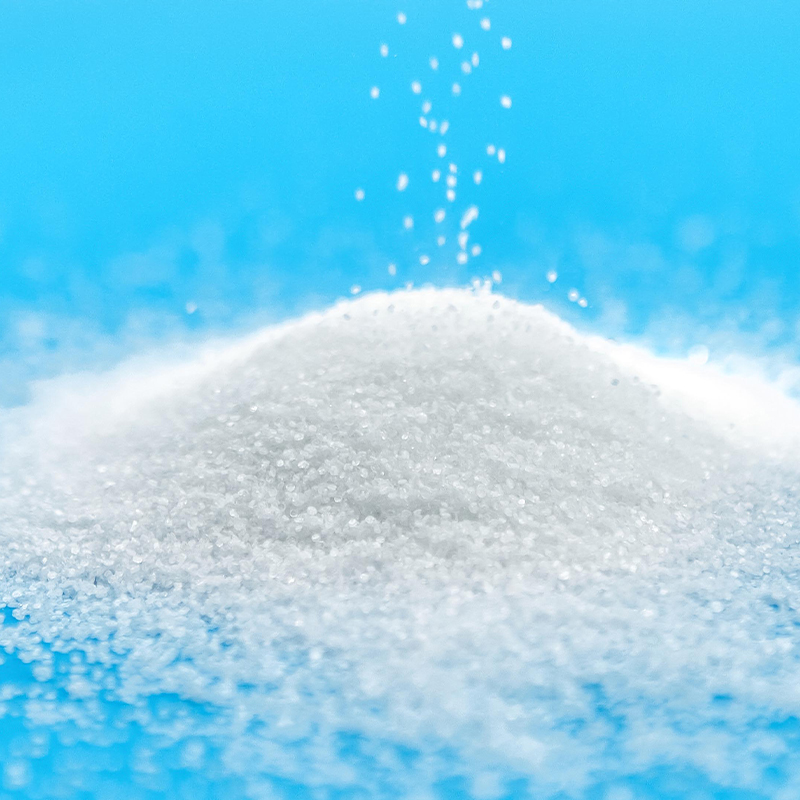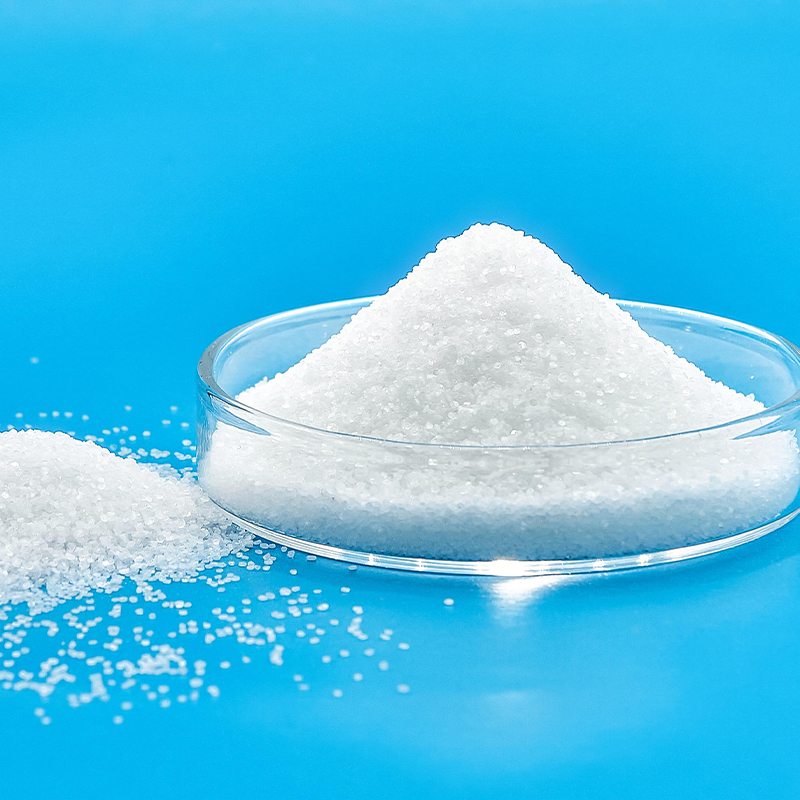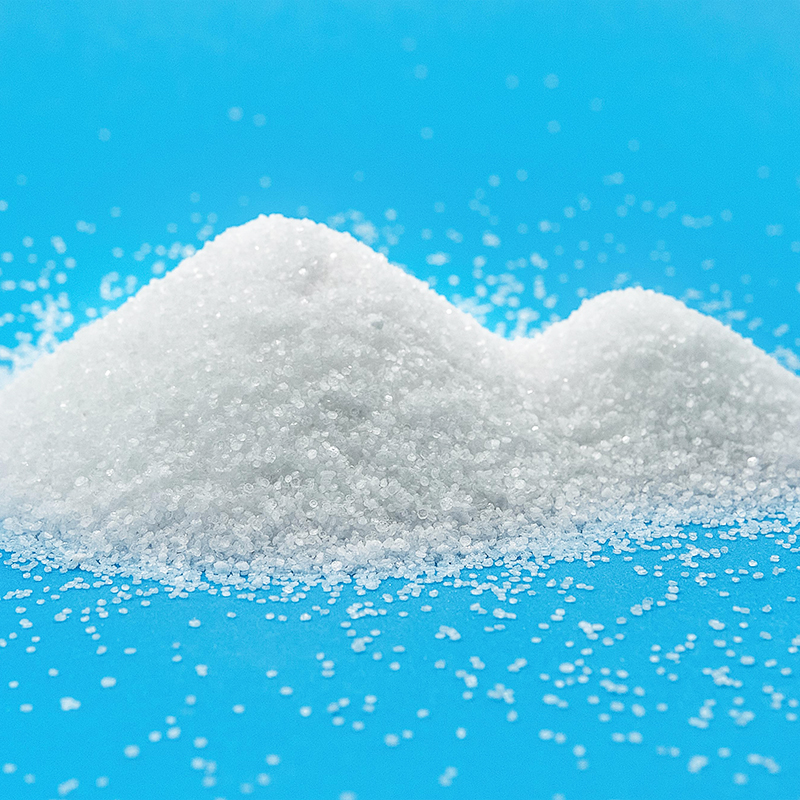





Thiourea, white bright crystals, bitter taste, soluble in cold water, ethanol, slightly soluble in ether, easy to deliquescence in air, converted into ammonium thiocyanate at 150 °C, with reducing property, can reduce free iodine to iodine ions.
CH₄N₂S
76.121
62-56-6
200-543-5
Thiourea, white bright crystals, bitter taste, soluble in cold water, ethanol, slightly soluble in ether, easy to deliquescence in air, converted into ammonium thiocyanate at 150 °C, with reducing property, can reduce free iodine to iodine ions. Thiourea is rich in reactivity and is used to prepare various compounds. It can react with a variety of oxidants to form organic compounds, and can also be combined with inorganic compounds to make easily soluble addition compounds. Thiourea also has a wide application prospect in petrochemical industry and pharmaceutical chemical industry, and many pharmaceutical molecules contain structural fragments of thiourea, which is also an important intermediate for the synthesis of heterocyclic compounds. For example, many oral hypoglycemic drugs and antithyroid drugs on the market are thiourea molecules. In addition, thioureas have good insecticidal activity and are widely used in the field of pesticides.
According to the survey, thiourea is produced in a variety of ways. For example, thiophosgene and amine are used as raw materials for synthesis, isothiocyanates and amines are used as raw materials, thiocyanate, acid chloride and amines are used as raw materials, carbon disulfide and amines are used as raw materials, thiohydroxyl transfer reagents and amines are used as raw materials, and substituted thiourea and amines are used as raw materials. Among them, the more popular production process in industrialization is lime nitrogen method, while other production processes have been eliminated due to technical problems.
| Items | Data | |
|---|---|---|
| Appearances | White crystals | |
| Thiourea content, % | ≥99.0 | |
| Drying loss, % | ≤0.40 | |
| Residue on burning, % | ≤0.10 | |
| Water-insoluble substance, % | ≤0.02 | |
| Thiocyanate (such as SCN), % | ≤0.02 | |
| Initial melting temperature, ℃ | ≥171 | |
| Calcium ions, % | ≤0.005 | |
| Particle size pass rate, % | d≥0.6mm | ≥90 |
Health hazards
low toxicity in one action, and inhibition of thyroid and hematopoietic organs when repeated action. Can cause allergic reactions. Can be absorbed through the skin. The dust of the product is irritating to the eyes and upper respiratory tract, and causes cough and chest discomfort after inhalation. Oral stimulation of the gastrointestinal tract.
Chronic effects
headache, drowsiness, weakness, pallor, facial swelling, decreased basal metabolism, decreased blood pressure, slow pulse, leukopenia, etc. There is damage to the skin, itchy skin, sweating of the palms, dermatitis, chapping, etc.
Environmental hazards
Harmful to the environment.
Explosion hazard
The product is flammable, toxic and irritating.
Skin contact: Remove contaminated clothing and rinse skin thoroughly with soapy water and water.
Eye contact: lift the eyelid and rinse with running water or saline. Medical treatment.
Inhalation: Quickly leave the scene to fresh air. Keep your airways open. If breathing is difficult, give oxygen. If breathing stops, rescue breaths are given immediately. Medical treatment.
Ingestion: Drink plenty of warm water to induce vomiting. Medical treatment.
Emergency treatment: isolate the leakage contaminated area and restrict access. Cut off the source of fire. It is recommended that emergency personnel wear dust masks (full face masks) and general work clothes. Do not come into direct contact with the spill.
Small leaks: Collect with a clean shovel in a dry, clean, covered container.
Large leaks: collected for recycling or transported to waste disposal sites.
Store in a cool, ventilated warehouse. Keep away from tinder, heat sources. Package sealing. It should be stored separately from oxidants, acids and edible chemicals, and mixed storage should not be avoided. Equipped with fire fighting equipment of corresponding varieties and quantities. Storage areas should be equipped with suitable materials to contain spilled materials.